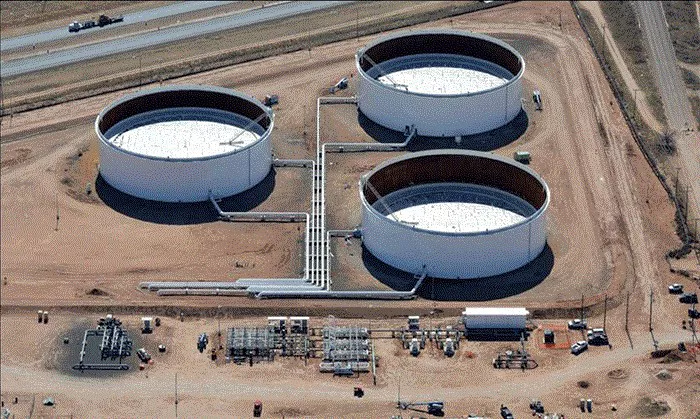Australia’s currency gave back recent gains after two key reports missed expectations. In April, seasonally adjusted retail sales slipped 0.1% month-on-month, versus forecasts for a 0.3% rise. Building permits also fell 5.7%, despite predictions of a 3.1% increase.
U.S. Court Ruling Boosts Dollar
A three-judge panel at the Manhattan Court of International Trade ruled that President Trump overstepped his authority with the April 2 “Liberation Day” tariffs. The court declared the executive order illegal, but the U.S. Court of Appeals for the Federal Circuit granted a temporary stay. The controversy lifted the U.S. dollar, weighing on AUD/USD.
China May Support Infrastructure
In Beijing, analysts cited by the Securities Times expect the People’s Bank of China to boost mortgage supplementary loans (PSL). This would send low-cost, long-term funds to policy banks. The move aims to support housing, urban renewal, and major infrastructure projects. As Australia’s top trading partner, China’s policies can affect demand for Australian exports.
Technical View: Near-Term Weakness
On Friday, AUD/USD traded near 0.6430, below its nine-day exponential moving average (EMA) around 0.6450. This suggests short-term momentum is fading. The pair sits near the lower edge of an ascending channel on the daily chart. The 14-day Relative Strength Index (RSI) is just above 50, indicating mild bullish bias.
Resistance: The nine-day EMA at 0.6439, then the six-month high at 0.6537 (May 26). A break above could rekindle upside toward the channel’s upper boundary near 0.6640.
Support: The channel’s lower trendline, then the 50-day moving average at 0.6385. A drop below might shift momentum lower toward 0.5914, the March 2020 low.
Related topics:
































